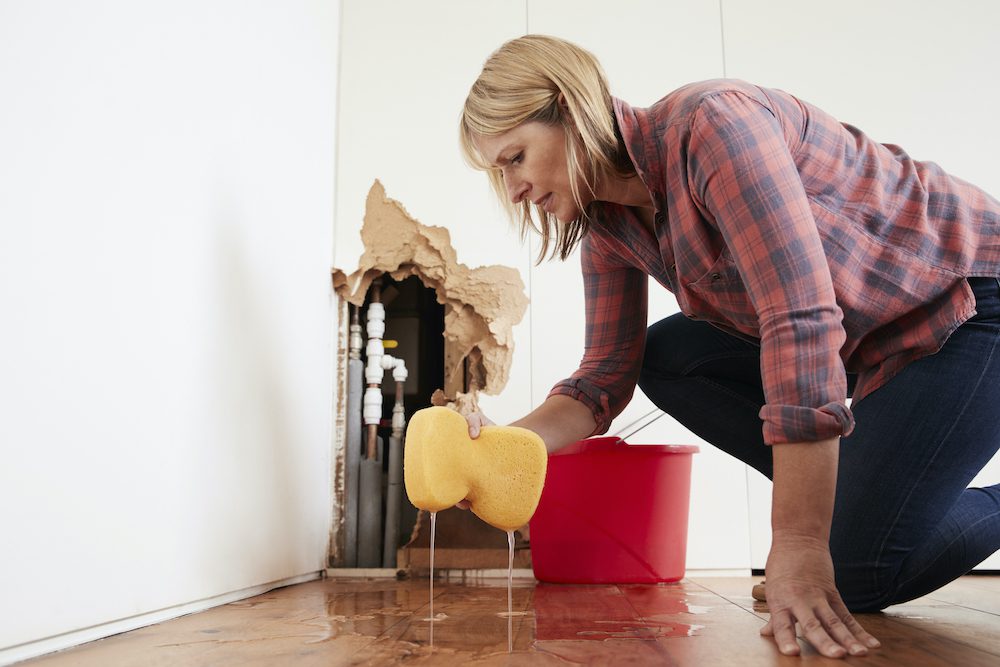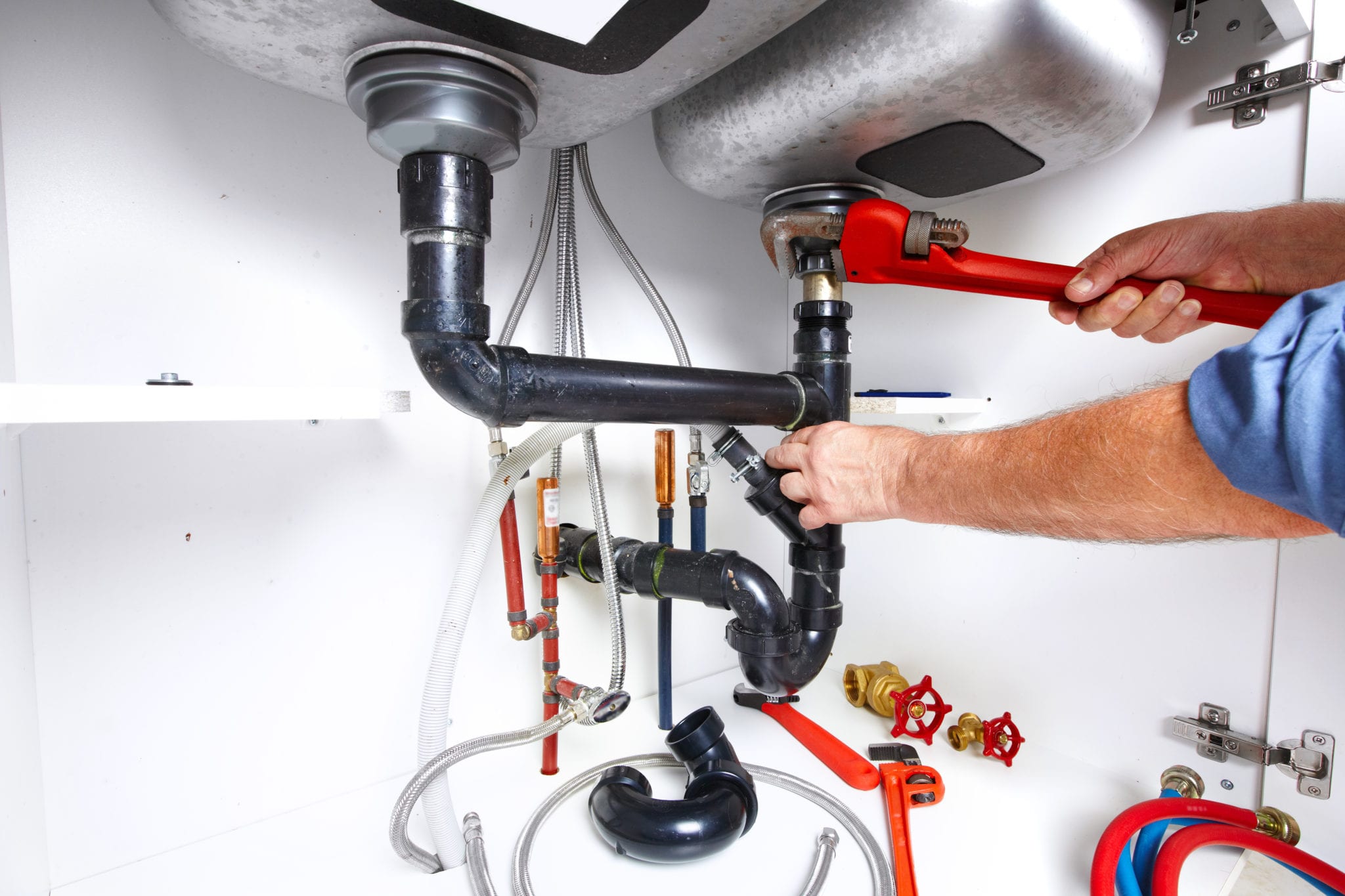Just how to Check If Your Home Has a Concealed Leakage
Just how to Check If Your Home Has a Concealed Leakage
Blog Article
The content below on the subject of Top leak detection hacks is highly stimulating. Don't overlook it.

Early discovery of leaking water lines can alleviate a prospective catastrophe. Some little water leakages may not be noticeable.
1. Analyze the Water Meter
Every residence has a water meter. Inspecting it is a surefire way that helps you discover leaks. For starters, shut off all the water sources. Make certain no person will certainly flush, utilize the tap, shower, run the cleaning maker or dish washer. From there, most likely to the meter as well as watch if it will certainly alter. Because no person is utilizing it, there need to be no movements. That shows a fast-moving leak if it moves. Furthermore, if you find no changes, wait an hour or 2 and inspect back again. This means you may have a sluggish leakage that might also be below ground.
2. Examine Water Intake
Analyze your water bills as well as track your water consumption. As the one paying it, you should observe if there are any type of inconsistencies. If you detect sudden changes, regardless of your intake coinciding, it means that you have leakages in your plumbing system. Remember, your water expense must fall under the very same array every month. An unexpected spike in your expense indicates a fast-moving leakage.
Meanwhile, a steady increase every month, despite having the exact same habits, shows you have a sluggish leakage that's also slowly rising. Call a plumber to completely inspect your building, specifically if you really feel a cozy area on your flooring with piping below.
3. Do a Food Coloring Examination
30% comes from toilets when it comes to water intake. Examination to see if they are running correctly. Decline specks of food color in the container as well as wait 10 minutes. There's a leakage between the tank and also dish if the shade in some way infiltrates your bowl throughout that time without flushing.
4. Asses Outside Lines
Don't forget to inspect your outside water lines too. Test faucets by attaching a yard hose. Must water leak out of the link, you have a loose rubber gasket. Change this and make certain all connections are tight. It will certainly assist obtain it professionally took a look at and also kept each year if you have actually got a sprinkler system. One small leakage can waste lots of water as well as increase your water expense.
5. Assess the circumstance and inspect
Home owners ought to make it a routine to inspect under the sink counters and also inside cupboards for any type of bad odor or mold and mildew growth. These two warnings show a leakage so prompt attention is needed. Doing regular inspections, even bi-annually, can save you from a major problem.
Check for discolorations and compromising as most appliances as well as pipelines have a life expectations. If you presume dripping water lines in your plumbing system, do not wait for it to escalate.
Early detection of leaking water lines can mitigate a possible catastrophe. Some tiny water leaks might not be noticeable. Examining it is a guaranteed way that helps you find leaks. One small leak can waste loads of water and increase your water expense.
If you think leaking water lines in your plumbing system, do not wait for it to rise.
WARNING SIGNS OF WATER LEAKAGE BEHIND THE WALL
PERSISTENT MUSTY ODORS
As water slowly drips from a leaky pipe inside the wall, flooring and sheetrock stay damp and develop an odor similar to wet cardboard. It generates a musty smell that can help you find hidden leaks.
MOLD IN UNUSUAL AREAS
Mold usually grows in wet areas like kitchens, baths and laundry rooms. If you spot the stuff on walls or baseboards in other rooms of the house, it’s a good indicator of undetected water leaks.
STAINS THAT GROW
When mold thrives around a leaky pipe, it sometimes takes hold on the inside surface of the affected wall. A growing stain on otherwise clean sheetrock is often your sign of a hidden plumbing problem.
PEELING OR BUBBLING WALLPAPER / PAINT
This clue is easy to miss in rooms that don’t get much use. When you see wallpaper separating along seams or paint bubbling or flaking off the wall, blame sheetrock that stays wet because of an undetected leak.
BUCKLED CEILINGS AND STAINED FLOORS
If ceilings or floors in bathrooms, kitchens or laundry areas develop structural problems, don’t rule out constant damp inside the walls. Wet sheetrock can affect adjacent framing, flooring and ceilings.
https://www.servicemasterbyzaba.com/blog/how-to-detect-water-leakage-in-walls/

I'm very intrigued by Locating water leaks and I'm hoping you enjoyed the new article. Remember to take a moment to promote this entry if you appreciated it. We cherish reading our article about Top leak detection hacks.
Report this page